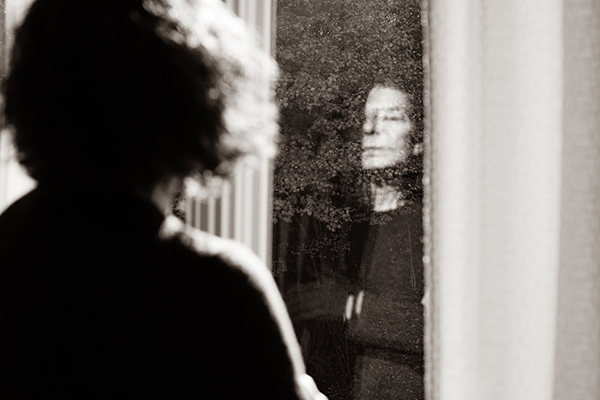Marsha Guggenheim is a fine art photographer based in San Francisco. Storytelling is a guiding influence in her work. Marsha is deeply interested in photographing people and uses her diverse city to capture their stories.
A street photographer for many years, her comfort and ease while shooting on the street has provided numerous opportunities for closer connections within her community.
Complementing her street photography, Marsha spent years working as a photographer with formerly homeless women. This work resulted in the monograph, “Facing Forward,” which highlights these hard-working, proud women through portraits and stories of their life experiences.
Without a Map is a personal project Marsha has developed over the past five years. Through the use of family photos, creating pictures from her memories and by turning the camera on herself, she has found the means to evoke, reinterpret and address unanswered questions that were buried long ago.
Without a Map
"How does one move through life with the scars of the past? When I was ten, my mother died unexpectedly from a heart attack. I couldn’t understand where she went or when she would return. Just as I began to comprehend this loss, my father died. I was without support from my family and community. I was lost.
Without a Map reimagines this time that’s deeply rooted in my memories. Visiting my childhood home, synagogue and family plot provided an entry into this personal retelling. Working with family photos, creating new images from my past and turning the camera on myself, I found the means to evoke, reinterpret and address unanswered questions born from early imprints that were buried long ago."
